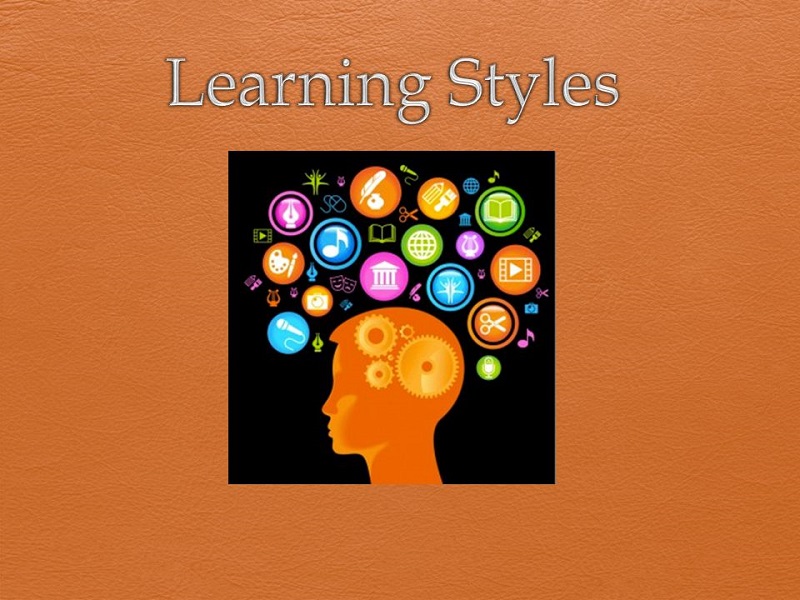Almost everyone has some type of learning style. There are many different factors that influence a person’s style, such as cognitive ability and prior experience. There are also a number of different styles, and some people tend to use more than one style in different circumstances. Learning styles can help you become more productive and efficient at learning.
Many instructors use the learning-styles framework to help students learn and develop. This framework is often used because it is intuitive. It also resonates with many instructors’ teaching experiences. It allows instructors to recognize the dominant presentation styles in their discipline and to provide a variety of instructional methods to help students adapt to their learning style. However, it is important to remember that learning styles are not a magic cure for bad classroom management. Teachers must still tailor their instruction to each individual student’s needs.
Learning styles are defined as the different ways people process information. Generally, each type of information is processed in different parts of the brain. Visual learners take in information visually, while aural learners prefer to hear information. Aural learners can benefit from lectures and group activities, while visual learners may find it difficult to take in information in this way.
Visual learners also prefer to use diagrams, images, and lists to help them process information. It may take more time for them to process information in this way, but visual learners can also benefit from whiteboards or projecting information onto a screen.
During the 1980s, American educationalists began to investigate learning styles. Their research revealed that people are not all equally suited to one style. Instead, individuals are a combination of styles. People are often classified by their predominant style, but this is not a fixed or objective label.
The VAK model is a popular model that was interpreted to mean that individuals can be classified by their innate learning style. This model became a popular approach to categorizing students and was widely used. However, it was later discovered that the VAK model could be a poor way to describe individuals.
The GRLSS model is also used to categorize students. According to this model, students are classified into three groups: spatial learners, kinaesthetic learners, and independent learners. These groups are further broken into auditory and auditory-musical learners. Visual learners may have a hard time absorbing auditory information, but they should still listen to lectures and recordings. Kinaesthetic learners prefer to learn by doing, and they can benefit from group activities and carrying out actions physically.
A number of studies have been conducted to determine if there is a connection between learning styles and academic performance. The results show that, in most cases, students are a combination of the three learning styles. However, visual and auditory learners are often more successful than kinaesthetic learners. They tend to have more energy than other types of learners.
Learning styles are still used in schools throughout the country. More than half of the states in the United States require teachers to recognize and identify students’ learning styles. Using a variety of instructional methods will help students adapt to their learning style and retain information better. Learning styles can also help students learn more quickly.





